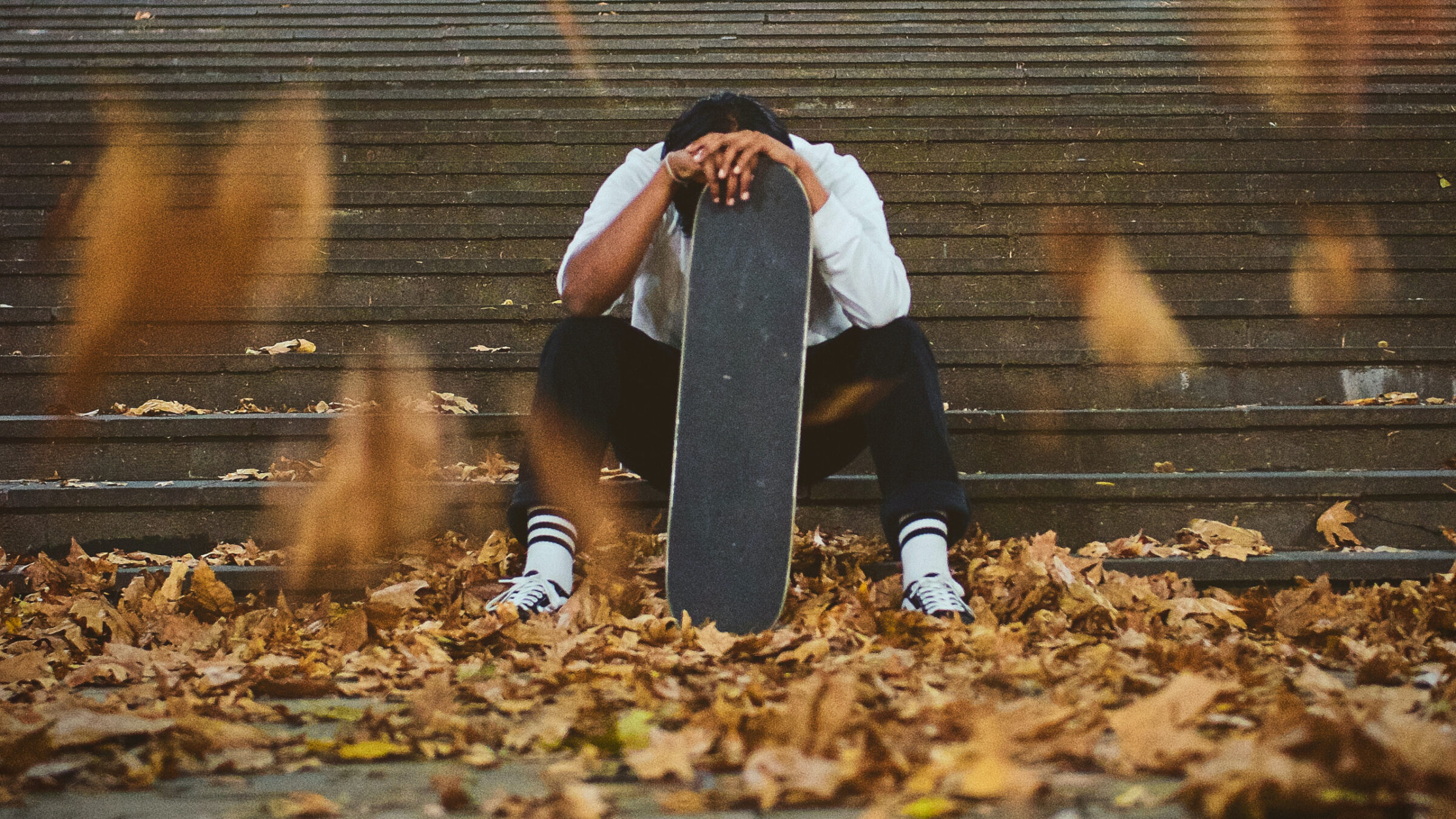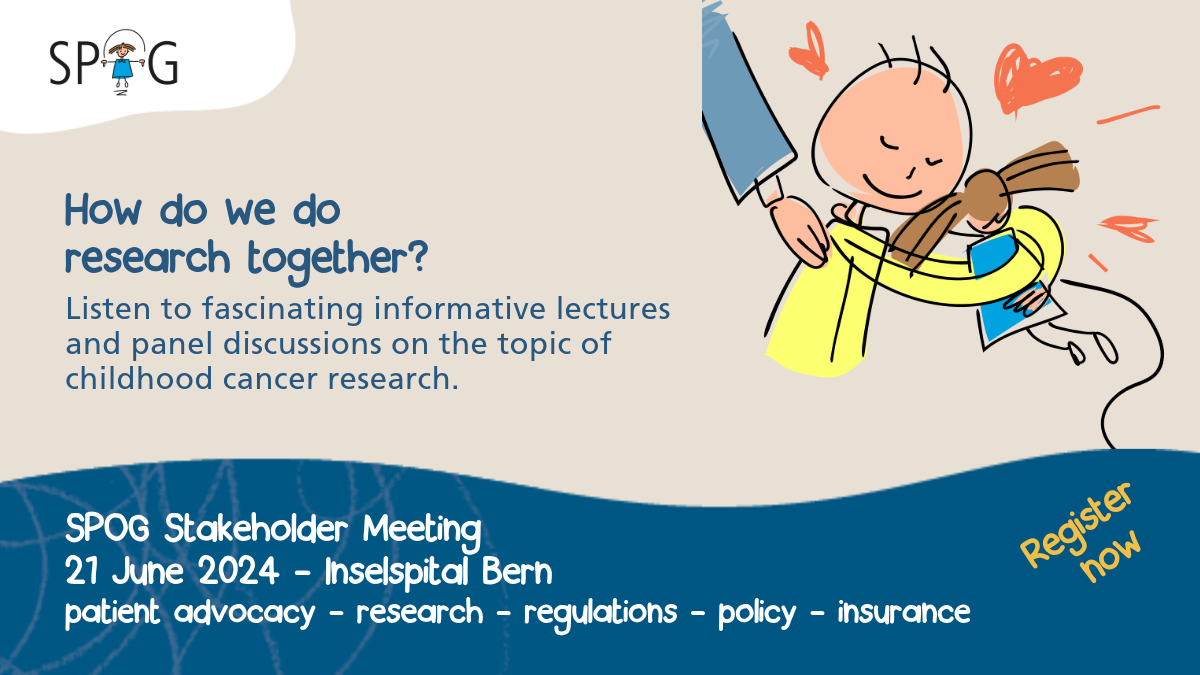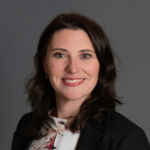Alex’s second encounter with “Arnold”

Fifteen-year-old Alex’s* eyes shine as he tells us about his hobby. That’s what he missed most during his treatment: skating outside with his friends. That day in the playground he was determined to master the trick one more time. But his strength failed him and he fell. And then he lost his balance while trying to get up, and one of the teachers phoned his father. “I already knew right then that Arnold was back,” Alex admits, struggling to hold back his tears.
“Arnold” is a high-risk medulloblastoma, a particularly aggressive tumour that has developed in Alex’s cerebellum. Medulloblastoma is the most common type of malignant brain cancer in children and adolescents. High-risk medulloblastomas are especially difficult to treat.
Two years ago Alex took part in the SIOP-HRMB clinical study run by the Swiss Paediatric Oncology Group SPOG as part of his therapy. In this study, doctors are investigating a number of approaches to therapy with the aim of improving treatment outcomes. Alex was already aware at the time that taking part in the study would benefit mainly children who were subsequently given the same diagnosis.
He felt better after the treatment. Following radiation therapy he sometimes still finds it difficult to concentrate, and he knows from many conversations and his regular check-ups that the likelihood of a relapse occurring is not as low as his parents would like. Yet he still hopes that he’s been cured. Now he and his family are once more facing uncertainty, and the cycle of worry and hope is starting again.
Alex’s story illustrates the moving fate of many children and adolescents with the same condition. Support the clinical research into childhood cancer carried out by SPOG now and help to ensure the future of studies to improve the quality of life and increase the chances of a cure for children and adolescents with cancer.
Help to give a future to children and adolescents with cancer.
* Alex is an imaginary person who represents all children and adolescents battling cancer.




